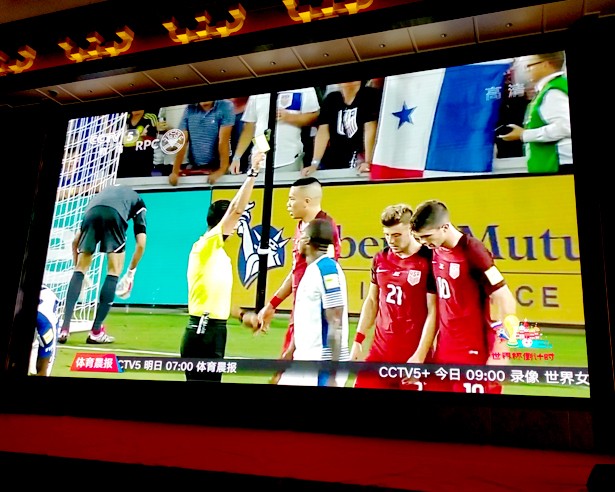First, motion compensation: motion compensation for slow images and fast images. Good motion compensation technology can well reduce the edge aliasing of moving images when LED electronic display is displayed.
Second, deinterlacing: video signals for better bandwidth reduction, so the resolution must also use interlaced scanning technology. The LED electronic display then requires pre-processing signals for interlaced signals. It is good to handle interlaced scanning technology and eliminate the line drawing effect during live broadcast and shooting.
Third, the zoom: LED display is usually a modular design and splicing display, because it is the most flexible display product of all flat panel display media. However, this product has some drawbacks, that is, the flexibility will be slightly slower, especially the display resolution of each engineering application is difficult to find in the standard. Therefore, the video processor is especially required to provide zooming.
Fourth, the image is reduced: the dot matrix resolution of the general LED electronic display engineering application is under 1024*768). The video processor is required to reduce the respective signals to be accessed to the resolution of the corresponding terminal, and the video processing device is required to have a pixel-by-point pixel scaling function.
V. Image enlargement: Due to the rapid development of more and more engineering application advertising volume, the resolution of LED electronic display is no longer limited to the conventional resolution, and some engineering applications even reach the level of 2048 points. Similar to these applications, the video processor needs to have image magnification processing technology, and the internal processing bandwidth of the video processor can meet or exceed the dot matrix area in atypical applications.

Sixth, noise suppression: Due to the dot matrix characteristics of the LED electronic display, the insignificant noise in other flat panel display media will greatly challenge the psychological tolerance of the LED display audience. The noise mainly comes from the compression noise of the video signal and the random noise of the system itself. The excellent video processor can suppress the noise to the image quality itself by noise suppression.

